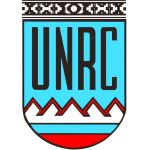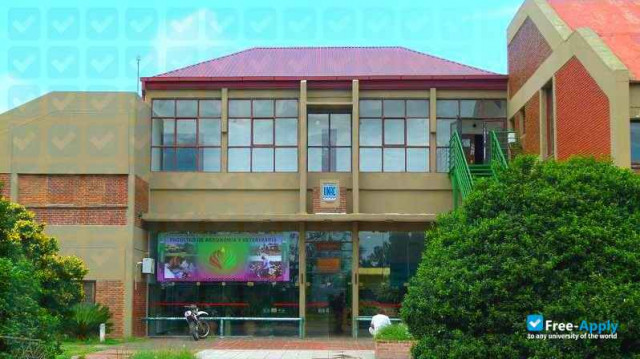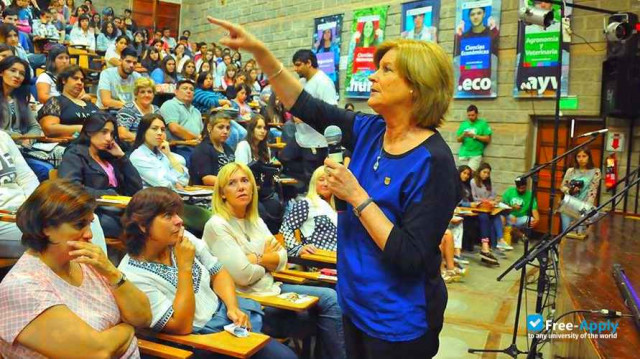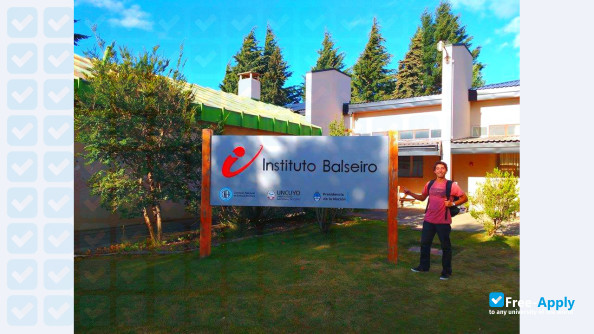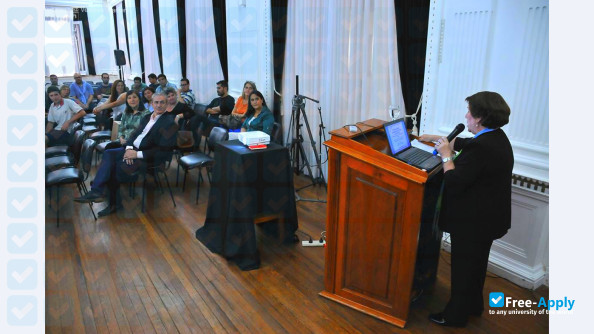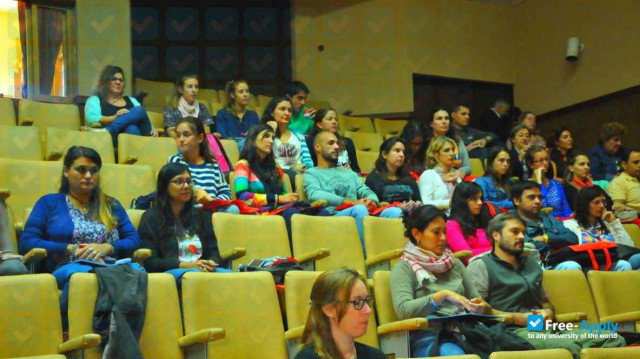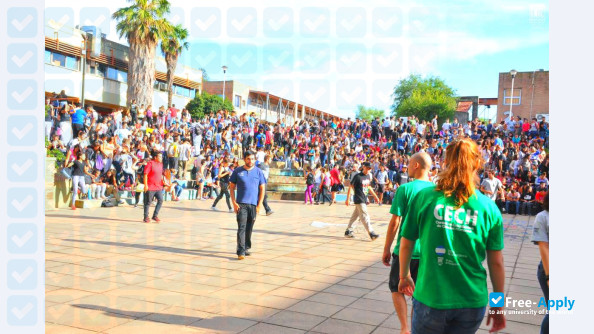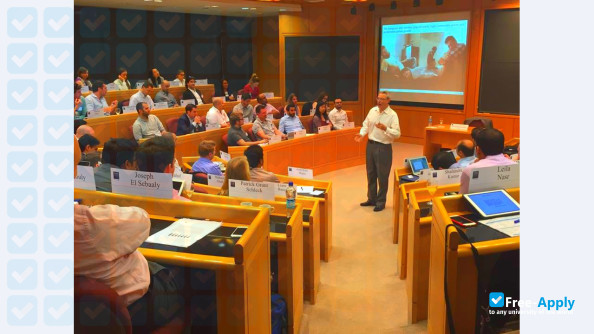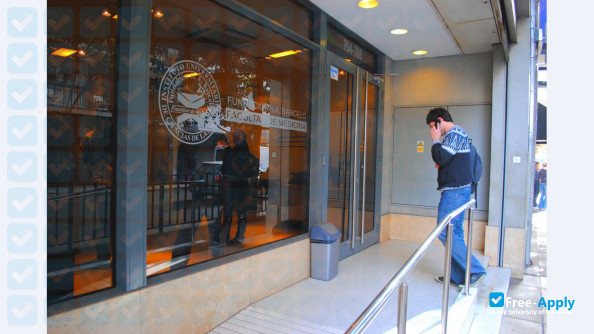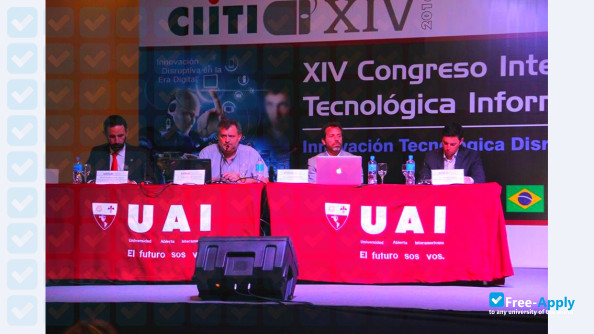About the university
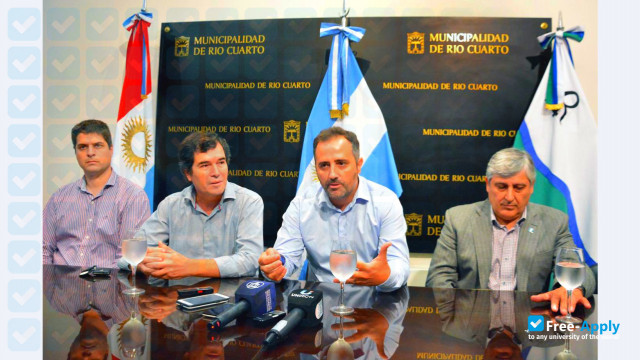
Hasta el año 1971 el sistema universitario argentino estaba formado por nueve universidades creadas en un período de más de trescientos años, acompañaban unas pocas universidades privadas y provinciales. El 1 de mayo de 1971, el Poder Ejecutivo Nacional promulgó la Ley 19.020 creando así la Universidad Nacional de Río Cuarto dentro de un programa de adecuación de la enseñanza universitaria argentina a las necesidades del desarrollo que había propuesto el Plan Taquini y como respuesta a un fuerte movimiento social tanto local como regional que permitió la más grande conquista cultural de la región con sede homónima en la Provincia de Córdoba. La comisión Pro Universidad fue integrada por miembros de diferentes sectores sociales, económicos y políticos. Posteriormente, se realizó el concurso de donación del terreno para instalar el Campus Universitario, se presentaron tres ofertas: una a la salida de Río Cuarto hacia Córdoba, la otra antes de Holmberg y la tercera donde actualmente está ubicado el Campus. Se designó un jurado integrado por Arquitectos de la Universidad Nacional de Córdoba, del Ministerio de Educación y del Ministerio de Obras Públicas, quienes adjudicaron el campo al ofrecido por la sucesión de Don Rómulo Remo Re, por tamaño, ubicación, facilidades para instalar los servicios, etc. Fue así que se iniciaron obras edilicias del Campus Universitario en las afueras del casco céntrico, sobre la ruta 36. Luego se inició una nueva etapa: desmontar, pedir la línea de ribera, el relevamiento altimétrico del terreno, alambrado perimetral y hacer llegar al campo luz, teléfono y proveer agua. Se realizó la construcción de la entrada y una garita para vigilancia, se inauguró el mástil y la bandera ambos donados por la Sociedad Rural de Río Cuarto y la bandera de ceremonias por la CGT de Río Cuarto. S efectuó el concurso de escudo y lema y ganaron los actuales que permiten reconocer a la UNRC y aún se sigue cumpliendo CREER, CREAR, CRECER. El servicio de transporte llegó hasta la puerta de la Universidad y alrededor de dos meses quedaron concluidas las obras edilicias y el 3 de enero de 1972 comenzó la enseñanza en la Universidad Nacional de Río Cuarto tal como lo es hoy. Durante la siguiente década, el campus universitario original fue ampliado con edificios definitivos que complementaron los primeros pabellones construidos, más precarios por la urgencia de la inauguración de 1972. En 1975, el rector interventor de la UNRC, Dr. Luis Jorge Maestre, modificó la estructura departamental de la UNRC, creando las cinco Facultades actuales. En 1993, luego de funcionar provisoriamente en espacios cedidos, se decidió la construcción de un edificio para la biblioteca de 2.100 m2.4 En 2011, la UNRC rehabilitó un galpón ferroviario para que funcione como sede del Programa de Adultos Mayores, incluyendo tres aulas de grandes dimensiones, un salón de usos múltiples y una sala para estudiantes. También se inauguró ese mismo año el nuevo edificio de Microbiología e Inmunología para la Facultad de Ciencias Exactas. A comienzos de 2013, el Ministerio de Planificación anunció la financiación del nuevo edificio para el Departamento Geología de la Facultad de Ciencias Exactas, con una inversión de 13 millones de pesos.
Education programs
Administration
Administration
Bachelor of Administration
Spanish
Language of instructions
Full-time
Study mode
$1,000
Fee for international students
$1,000
Fee for domestic students
Chemistry
~ $1,000 / year
Chemistry
Bachelor of Chemistry
Spanish
Language of instructions
Full-time
Study mode
$1,000
Fee for international students
$1,000
Fee for domestic students
Computer Science
~ $1,000 / year
Computer Science
Bachelor of Computer Science
Spanish
Language of instructions
Full-time
Study mode
$1,000
Fee for international students
$1,000
Fee for domestic students
Earth Sciences
~ $1,000 / year
Earth Sciences
Bachelor of Earth Sciences
Spanish
Language of instructions
Full-time
Study mode
$1,000
Fee for international students
$1,000
Fee for domestic students
Economics
~ $1,000 / year
Economics
Bachelor of Economics
Spanish
Language of instructions
Full-time
Study mode
$1,000
Fee for international students
$1,000
Fee for domestic students
Education and Teaching
~ $1,000 / year
Education and Teaching
Bachelor of Education
Spanish
Language of instructions
Full-time
Study mode
$1,000
Fee for international students
$1,000
Fee for domestic students
History
~ $1,000 / year
History
Bachelor of History
Spanish
Language of instructions
Full-time
Study mode
$1,000
Fee for international students
$1,000
Fee for domestic students
Humanities
~ $1,000 / year
Humanities
Bachelor of Humanities
Spanish
Language of instructions
Full-time
Study mode
$1,000
Fee for international students
$1,000
Fee for domestic students
Natural Sciences
~ $1,000 / year
Natural Sciences
Bachelor of Natural Sciences
Spanish
Language of instructions
Full-time
Study mode
$1,000
Fee for international students
$1,000
Fee for domestic students
Nursing
~ $1,000 / year
Nursing
Bachelor of Nursing
Spanish
Language of instructions
Full-time
Study mode
$1,000
Fee for international students
$1,000
Fee for domestic students
PR
~ $1,000 / year
PR
Bachelor of Communication
Spanish
Language of instructions
Full-time
Study mode
$1,000
Fee for international students
$1,000
Fee for domestic students
Philosophy
~ $1,000 / year
Philosophy
Bachelor of Philosophy
Spanish
Language of instructions
Full-time
Study mode
$1,000
Fee for international students
$1,000
Fee for domestic students
Physics
~ $1,000 / year
Physics
Bachelor of Physics
Spanish
Language of instructions
Full-time
Study mode
$1,000
Fee for international students
$1,000
Fee for domestic students
Political Science
~ $1,000 / year
Political Science
Bachelor of Political Science
Spanish
Language of instructions
Full-time
Study mode
$1,000
Fee for international students
$1,000
Fee for domestic students
Sociology
~ $1,000 / year
Sociology
Bachelor of Sociology
Spanish
Language of instructions
Full-time
Study mode
$1,000
Fee for international students
$1,000
Fee for domestic students
How to apply to the university
Choose a program
Press “Apply now” button
Send an application form
Complete admissions tasks
Go to study
To apply to National University of Rio Cuarto follow these steps. To get more information about the university and the admissions process, you can use the live chat to contact a university representative.
Required documents for admission
When applying for admission to National University of Rio Cuarto in Argentina you should prepare all required documents. Request a list of necessary documents directly from a university, as it may vary for different countries. Using our live chat, you can also ask for sample documents.
- Letters of reccomendation (MA, PhD)
- Health and Life Insurance
- Local Language Certificate
- Proof of fee payment
- Online Application form
- Student visa
- IELTS Certificate
- Photographs
- Resume/CV (graduate, postgraduate)
- Passport
Why people choose this university
Contacts
National University of Rio Cuarto
Córdoba, Río Cuarto, RN36 601
Rio Cuarto
Argentina
Free Apply is not responsible for the content of this page. Through the Site, Free Apply provides an online catalog which you can use to find different types of educational institutions. It’s possible for a new university to be registered by any user, however only verified university representatives will be able to manage, reply in chat and make changes to a university page. Once the University registers its official representative, it has the right to block access for others to edit the information. Further control over the content will be carried out by the representative of the University. Registration with the Free-Apply.com catalog is free.
